Our time in Bhutan was coming to an end, but we still had the highlight of hiking to Taksang Monastery, or more famously known as “Tiger’s Nest” ahead of us. We knew this would be quite the hike (straight up at very high altitude), but we were up for the challenge. So our first day in the city of Paro, we were off. Here is the first glimpse of Tiger’s Nest from the parking lot…looks quite far away!
Taktsang monastery
The monastery is one of the most venerated places of pilgrimage in the Himalayan any some people come to Bhutan and this is the only sight they see – we were lucky enough to spend 8 days in Bhutan and this was really the finale for us.
So we set off with our hiking gear, rain gear (as we knew it was going to rain on us) and a change of clothes for the monastery at the top. Mark also had all his fancy camera gear and decided it was easier take his large backpack all the way up. I mention his large backpack as on the way up, we passed a local on his way down that had his version of his locally built backpack – and they are almost the same size, but Pema thought the local had grass clippings in his backpack and it wasn’t as structurally built as Mark’s pack..
Regardless, it put my small messenger bag to shame as I decided to use my rain jacket as my long sleeve top for the monastery and wore the always stylish zip off hiking pants (shorts to hike in and long pants for the monastery).
The Hike:
The total distance is about 8 km round trip (5 miles) – but compared to other hikes I’ve done that are 5 miles, this doesn’t even compare when you add in the elevation and steepness of the hike. The monastery was built and hangs on a cliff at 3,120 meters (10,240 feet) above sea level. We also climbed about 900 meters (3,000 feet) from the valley floor to reach the monastery so not an easy hike.
Here are some of the photos I took on the way up. Yes, stopping for a photo up was also a good reason to catch my breath!
If you need a Pony to take you up…
Now if you are not up to hike to the top, there is an option to hire “a pony”. These ponies can be rented for about $20 US and will take you about half way up and really the steepest part up, but there was no way I came all the way to Bhutan to let a pony take me up. I knew struggling through the hike was half the journey and would be so worth it. I kept telling myself this as the ponies passed me, and I wiped the sweat off my brow, face and everywhere else. Thank goodness it wasn’t really hot and it rained on us a little to cool us off as it was strenuous.
Are We There Yet? – First Resting Point
Our first resting point was 45 minutes in and man…I was ready for it. There was a little area to sit and view Tiger’s Nest and it still looked so far away. Pema told us it was still another hour and fifteen minute up, but after a quick 5 minute rest, we were off again.
At one point, we were hiking through these amazing oak trees. What I really liked around was what was growing all around these trees. It is called the Old men’s beard, Spanish mosses , and lichens , which denotes the existence of thin and pure air. We don’t get this at sea level in Los Angeles!
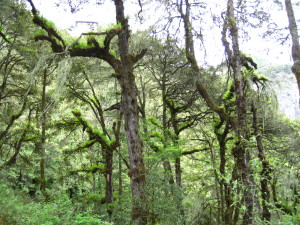
The old men’s beard, Spanish mosses , and lichens growing on the oak trees , which denotes the existence of thin and pure air
Once we reached the top of the hike, we had to start to 750 stairway to the Monastery. So there was a little relief as about 375 stairs were down to a beautiful 100 meter waterfall but then you looked up, and there were another 375 stairs to reach the final destination. I told Pema I was good with the stairs as these were evenly spaced and easier to navigate vs the steep incline of the switchbacks. So I took the stairs on without much effort compared to the hike up – plus you could see the goal of the monastery in sight.
At the top – We made it! Here are some unspoiled shots of Tigers view. I love it with and without the flags so had to get shots with both from different angles.
Entering the Monastery
We had to leave all our personal belongings with the security guards as no cameras, phones, bags or other personal items (including the big beer bottle) could be brought into the monastery and there were guards with video camera watching in case someone tried to sneak something in. So we spent about an hour and a half going through all the different rooms of the monastery, learning about the history and culture. We even spent some time in the meditation room.
The Extra Mile for the Beer Shot
When we finally got to “the top” it was exciting as we could see the Tiger’s nest in all it’s glory. I figured this had to be my traditional “Local Beer Shot”. I was going to bring a beer with me, but figured it would be warm by the time we got to the top (and half the fun of bringing a beer to a great spot is to enjoy it). The only time I have drank a warm beer after the photo shoot was at Machu Pichu, Peru, but we were so happy to be there, it didn’t matter.
Pema originally offered to bring a beer from the hotel and offered to carry it up for me as he said he was used to carrying a lot of weight on treks. I said no, that if I brought it from the hotel I would carry it but since I could buy it along the way, I would do that instead.
I asked Pema if I could buy a beer at the cafeteria which is halfway up the mountain. He told me yes, we could buy one there. So when Mark and I were walking at our slow and steady pace, Pema had a brilliant idea and said he would “run to the cafeteria” to get the beer for my photo and would catch up to us as he is used to the altitude and the hike. Mark and I thought this was really smart as Pema was moving much faster than us.
So I really thought that Pema just ran to the cafeteria to get a beer for me and then caught up to us rather quickly. When we stopped at the cafeteria for lunch on the way down, I tried to buy another beer (that was cold) to celebrate with my team and they told me they didn’t sell beer. So at that point, Pema was busted. I knew he was even more of a rock star than I thought, and he brought the beer from town, carried in hidden the whole way and only showed me after I thought he bought it halfway up the mountain. Pema is a wise man – and I’m very thankful for his thoughtfulness!
When it was time for the Beer photo…Pema said this was the first time he had this kind of beer photo request at Tigers Nest from a guest. He said others have brought other mascots, but no one had ever done such a photo with the local beer, so he grabbed a few shots as well. So here is the Bhutan “Druk 11,000” beer. Mark and I kept calling it the Drunk Beer and it was quite strong – I believe 8.6%.
The Journey Back
The way down was much easier. Of course, we had to take those same 750 stairs down and up and climb a little more up, but then, it’s was a much easier downward journey…easier as we weren’t climbing, but it was still steep and hard on the knees going down with some navigation on where to step. We had to stop for one photo to celebrate making it.
We stopped for lunch at the cafeteria, and this is when I learned they didn’t sell beer and I realized that Pema did bring the beer from home for my photo (Thank you Pema!). On the hike up, Mark and I met a man from Sunnyvale, CA that was hiking with his guide and this man told us his family took the ponies up, but he wanted to hike. He asked if we had a guide and we explained he just went to buy a beer for my photo…and this man thought that was brilliant. So when we met up with the man at the lunch stop, we opened the beer, poured him a glass and celebrated the hike together. He liked that and we all enjoyed our warm beer and it didn’t matter as we made it.
The Total Time for The Journey
So the total journey up, visiting the monastery, lunch and then back down took us 6 hours. I asked Pema what was the fastest and slowest he has ever taken groups up. He said the fastest was 45 minutes which shocked me. I said, “you made it up to the top in 45 minutes?” Pema answer, “No…I made up, visited the monastery and back down in 45 minutes.”
Mark and I couldn’t believe this and asked how that was possible. Pema explained how a European man had trained for this and essentially they ran up, taking all the ultra steep shortcuts, saw one room of the monastery, and ran back down. It was more of a test for the man than an experience. I don’t know how they did it. I learned 6 hours is about the normal journey most people take and a long trip is about 7-8 hours round trip.
So would I hike it again – yes – in a heartbeat! It was a tough hike, but breathtaking journey (in more than one sense). Every trip to Bhutan should end with a hike to Tigers Nest .
A Little History of Taktsang Monastery
- Taktsang Monastery was built in 1692 by Gyalse Tenzin Rabgye. Gyalse Tenzin Rabgye is believed to be the reincarnation of Padmasambhava (Guru Rimpoche). Legend believes that Guru Rimpoche flew to this location from Tibet, on back of a tigress. Guru Rinpoche meditated for three months in the cave at Taktshang. He also subjugated the Eight Categories of Evil Spirits and converted the valley to Buddhism.
- Guru Rinpoche then returned to Tibet and transmitted his teaching to his disciples. One of his disciple, Langchen Pelkyi Singye, returned to Taktshang to meditate in the year 853. He named the cave where he meditated as Pelkyi’s Cave. Pelkyi is believed to have gone to Nepal where he later died. His body miraculously return to Taktshang Monastery under the grace of deity Dorje Legpa and is now sealed inside the chorten standing in the room on the left at the top of the entrance way.
Hot Stone Bath
Many of the resorts that are connected with farm stays also have hot stone bath houses if you want to indulge. I had originally thought a massage would be great after the hike, with Pema had suggested the hot stone bath after as he said it would help much more. So we decided to try it out.
Essentially the owner of the resort heated large rocks in a fire pit and then used them to heat the water in a special wood bath. They started the bath with cold water and some herbal leaves to help with muscles soreness. As the wooden tub was quite small, Mark and I decided to take separate turns. Mark said the owner put so many rocks in and the water got hot so fast it was almost scalding. He asked him to remove some of the rocks and instead of taking tongs to remove the rocks (as that is what was used to put the fire hot rocks in, the man just reached in and grabbed the hot rocks with his bare hands). I can’t even imagine how he did that. When it was my turn in the bath, he added even one rock from the fire, you could feel an immediate increase in the heat. It was an amazing hot tub and it did take away all the soreness. I was really surprised that I wasn’t more achy the next morning, but the hot stone bath must have done the job.
Haa Valley
Our final day in Bhutan was spent traveling another three hours west to the Haa Valley. Unfortunately, it turned out to be quite a rainy and overcast day, so it was both a good thing we were in a car for most of the way, but also it was a bad thing as the views weren’t as great. I was glad we weren’t hiking to Tigers nest in that kind of rain, so that was my silver lining.
Black and White Temples
Once we reached the Haa Valley, we visited the two main temples. One was called the Black Temple and the other was called the White Temple and as expected, the outside was Black and White respectively.
Haa Valley Town Stores
We ended up having lunch in town due to the rain and walked around a little as it just stopped for a few minutes. All the stores in all the towns were similar structure to these were store fronts on the ground level, then the families would live on the second level. Very charming building. Many of the stores were called “General Store” but they all had different specialties, so you really had to know what each store sold or go take a look. One General Store I went to sold all sorts of textiles and I thought it would have general goods.
As I was crossing the street, this car had to wait as a baby calf decided to cross right on front of a car as well. So traffic was halted for a minute as well as the calf slowly crossed.
Cow Crossing at the Highest Point in Bhutan
We drove over the Chele La Pass which is about 3,989 meters (13,087 feet) and its one of the highest motor able road in Bhutan. On the way back over the pass we stopped and literally were laughing as we heard cow bell and then saw one cow coming up the pass on his own, then saw another cow and finally a third. I don’t know why the random cows roaming the streets (or the highest roads in the country) make me laugh but they did. Maybe it was the cow bell we heard to alert us they were coming up. Mark even stood there watching the cow for a bit, which made me take a photo of him watching as all of us were just watching the cows in Bhutan.
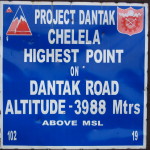
The Chele La Pass which is 3,989 meters (13,087 feet) and its one of the highest motor able road in Bhutan.
We also came across two locals that decided to bike up the Chele La Pass (Why…I have no idea as it was very long and very steep). They were taking a break at the top and Pema decided to borrow their bike for a few minutes and I thought this was fun as it looks like Pema biked up and over the Pass at the highest point as well.
Well – that’s it for Bhutan. Eight wonderful days in Bhutan and I can’t wait to return. We had such a great time and I can’t recommend Pema and his company, Bhutan Stunning Tours enough. If you plan to go to Bhutan, please do reach out to him to plan a trip as he was wonderful. Contacts details are listed in logistics below and in Visa Processes #3 for Bhutan
[jetpack_subscription_form]Logistics:
Tour Company: Please contact Pema as he is the owner of Bhutan Leading Travel and he was the guide that took us out on our 8 days. He has been leading tours since 1998 and is a Sr. Cultural and Trekking Guide for Bhutan. You can email Pema at: [email protected] or visit the website at www.bhutanleadingtravel.com
Rema Resort: – http://paroremaresort.com
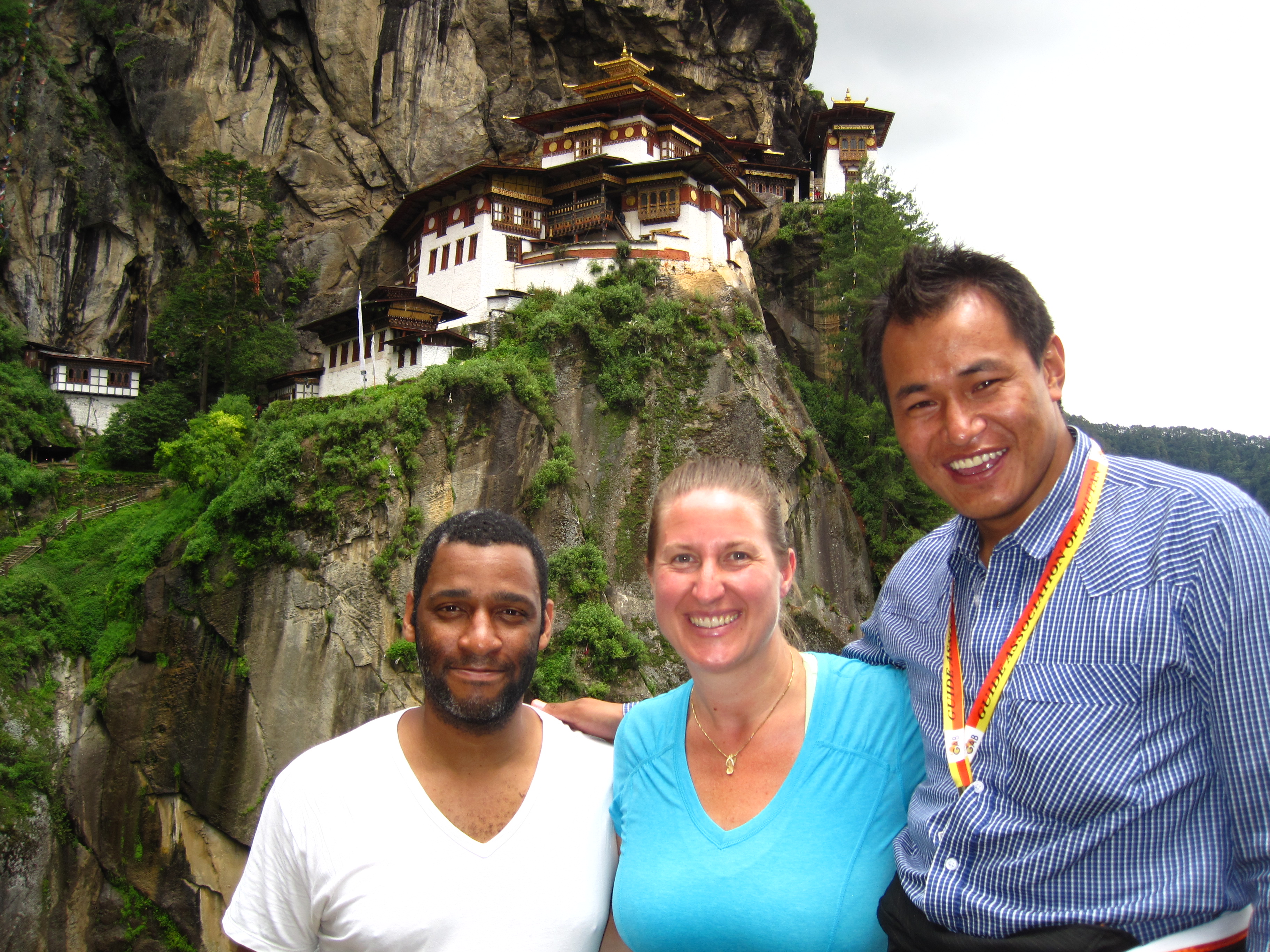
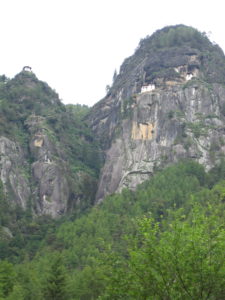
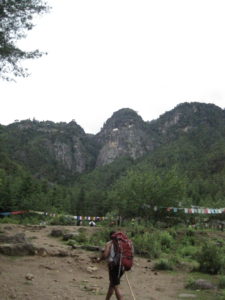
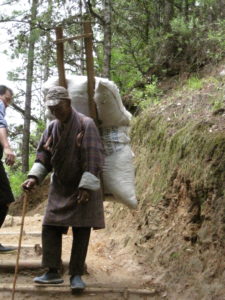
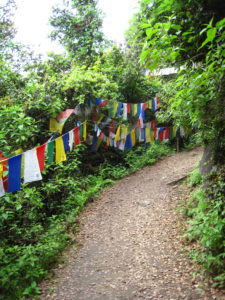

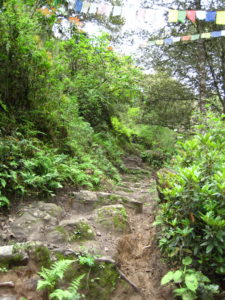
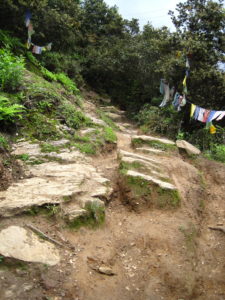

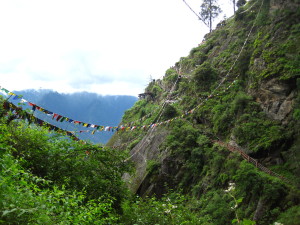
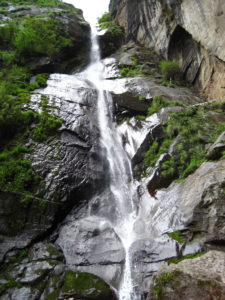
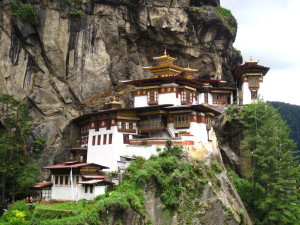
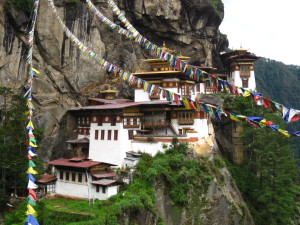
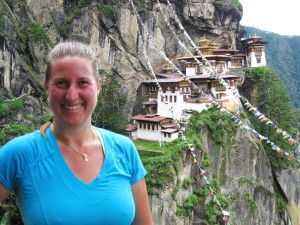
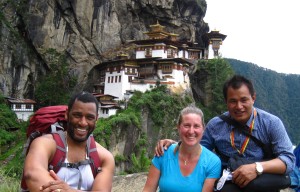
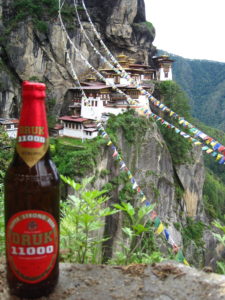
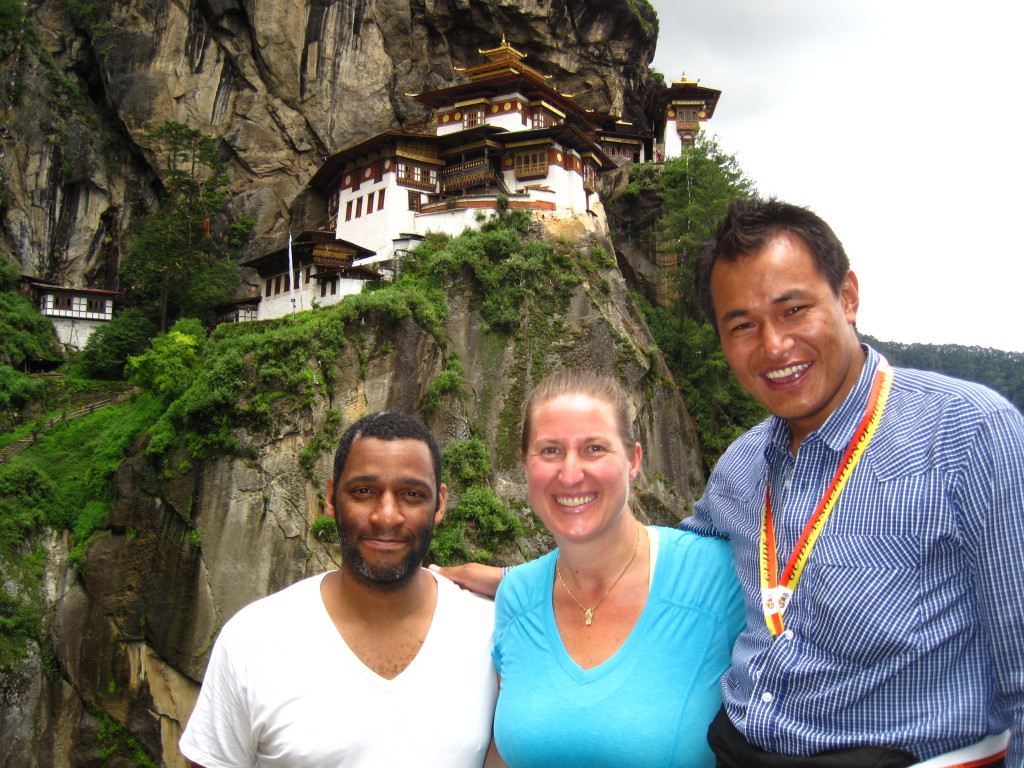

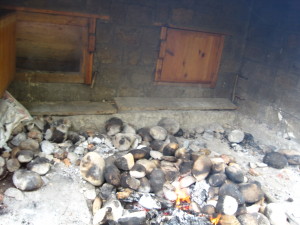
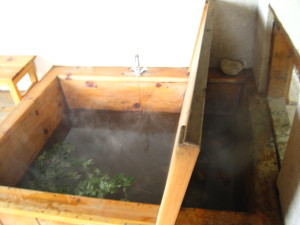
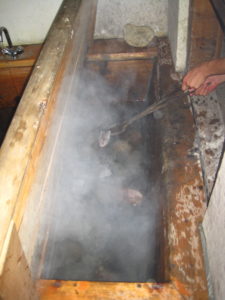
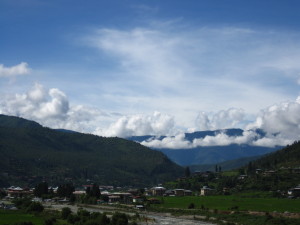
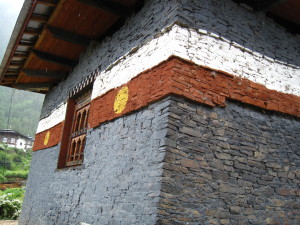
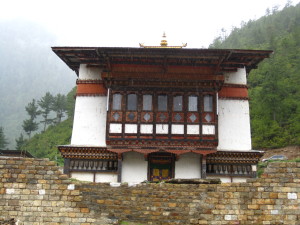
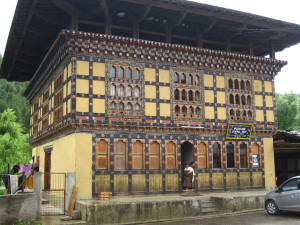
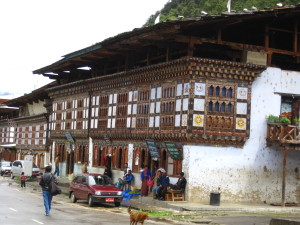
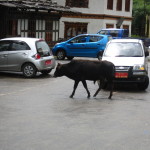
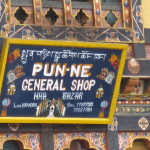
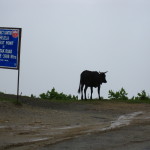

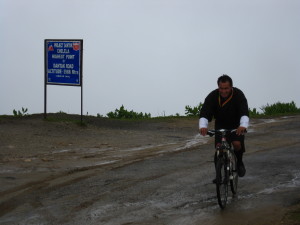
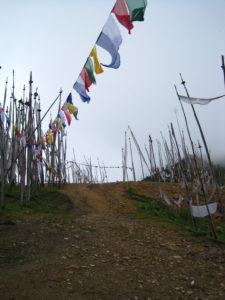
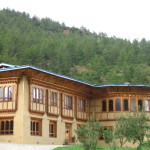
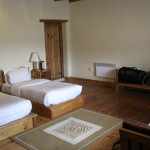
Megan thank you so much for planning your trip to Bhutan with me and thank so much for posting a detailed information about me and your trip to Bhutan with me. Today only you posted the link of your blog that’s why I could post a comment here